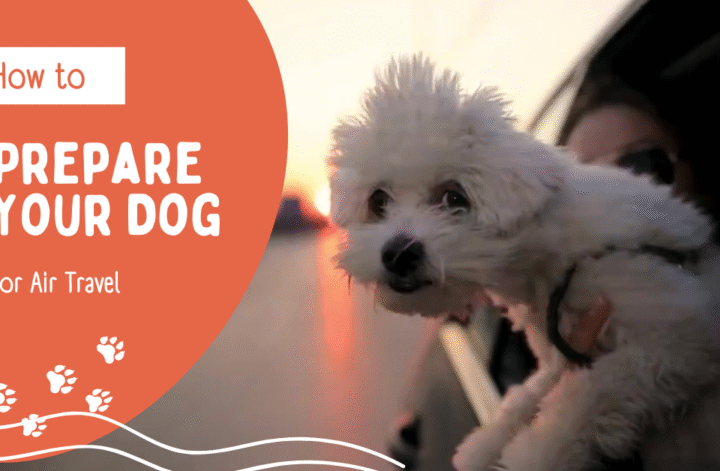Most people are adopting pets, and during the pandemic, there was an increase in pet adoption. This extends to travel with pets, as more pet owners take their pets along on their trips. The US Department of Transportation approximates that more than two million pets fly each year, and this is expected to increase in the years following the pandemic.
The Significance of In-Cabin Travel
For air travel, in-cabin flights are the best option for small dogs. Large dogs that are heavier than weight restrictions for in-cabin flights are usually put in the cargo hold, a situation with high risks like extreme temperatures and lack of ventilation. Animal welfare groups promote in-cabin flights for pets because of their safety.
Preparation for In-Cabin Flights
Preparation is essential for a successful in-cabin flight with your small dog. Proper carrier training is an important factor, focusing on acclimatizing your pet to the carrier environment. Regular training exercises over a period of months will have your dog comfortable in the carrier, making the flight experience less stressful. Key Mistakes to Avoid When Traveling with Your Small Dog
1. Ignoring Carrier Training
Carrying out carrier training over a considerable period of time allows your dog to become familiar with the carrier and feel comfortable and secure in it on flight days.
2. Neglecting Return Flight Requirements
Proper prior research regarding return flight regulations is important to facilitate an easy return journey, with each nation having particular entry requirements for pets.
3. Beginning with an International Flight
For a less stressful experience, it’s advisable to introduce your small dog to flights gradually, beginning with shorter domestic trips before embarking on long-haul international journeys.
4. Opting for Flights with Multiple Layovers
Choosing direct flights whenever possible reduces stress on your dog during travel days, promoting a more relaxed journey experience.
5. Managing Your Dog’s Energy Levels
Offering pre-flight exercise tires out your dog, leading to a relaxed mode of flight and a smoother ride.
6. Planning Food and Water Consumption
Proper planning of feeding hours and water consumption eliminates accidents on flights, making travel more comfortable for your pet.
7. Preparing for Accidents
Cleaning supplies to clean up after your dog, including pet sanitary bags and wipes, must be available to address any accidents that happen along the way.
8. Low Profile
Being considerate of other passengers’ comfort levels and desires by keeping a low profile with your dog creates a harmonious flight experience for everyone on board.
9. Keeping an Eye on Your Dog During the Flight
Keeping an eye out for your pet’s health throughout the flight, such as examining it for signs of distress or discomfort, is important for a smooth and safe trip.
Providing for your small dog’s health, comfort, and safety while traveling can result in a fulfilling and enhancing experience, strengthening your relationship with your companion animal. By taking steps to avoid pitfalls and putting your pet’s well-being first, you can enjoy lasting memories on your journey.




